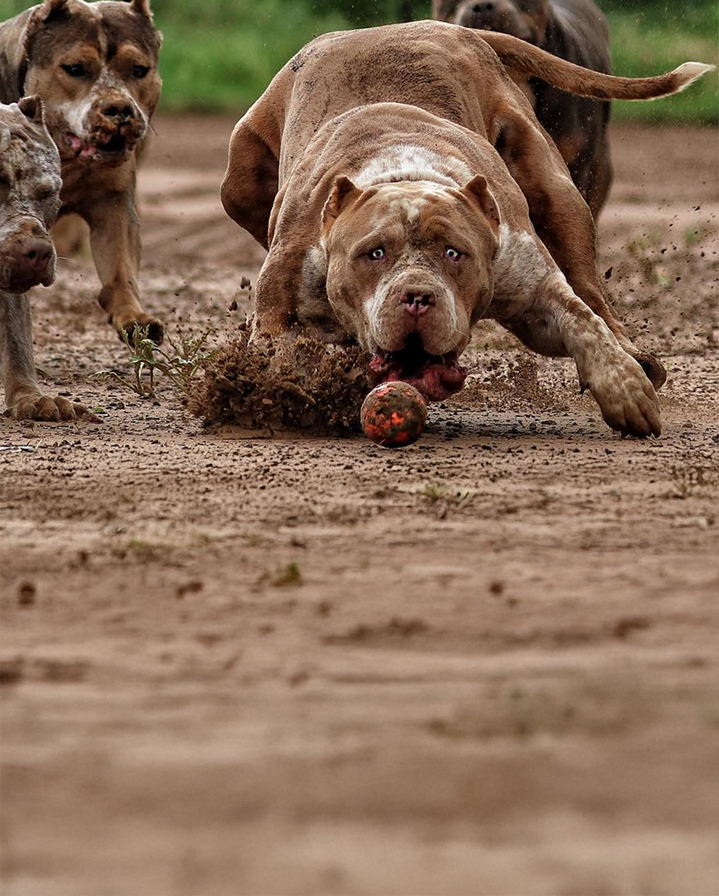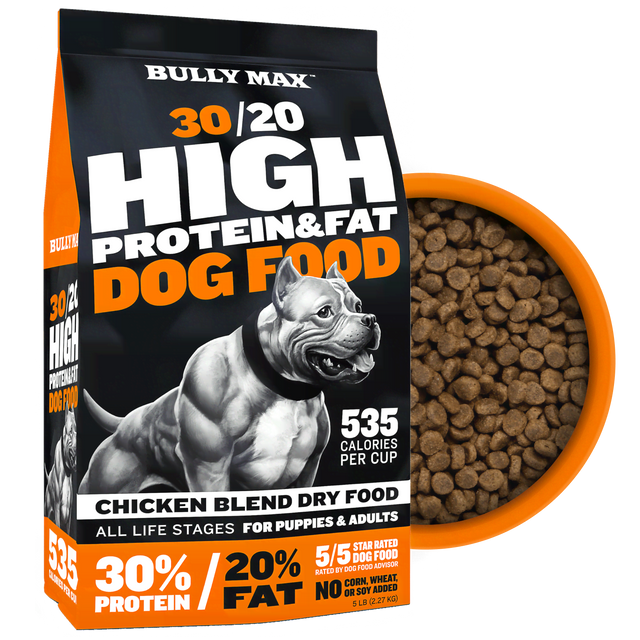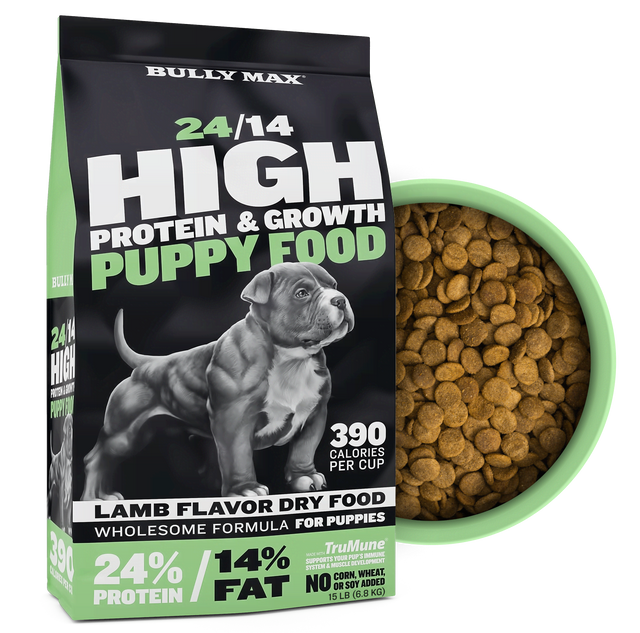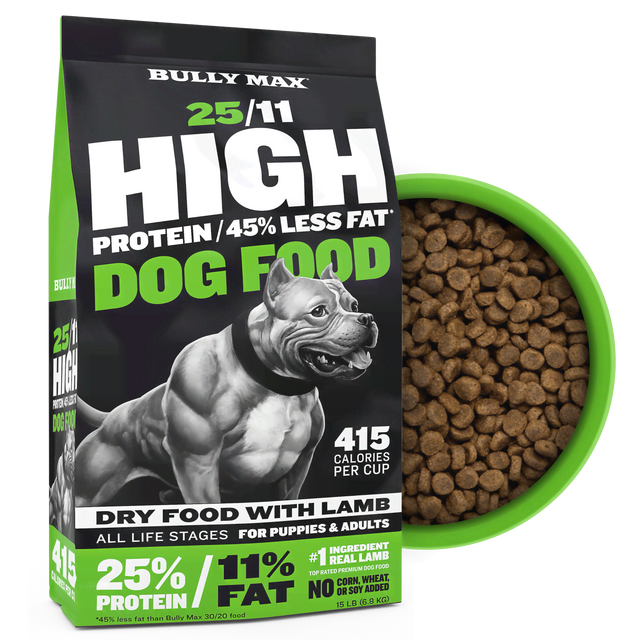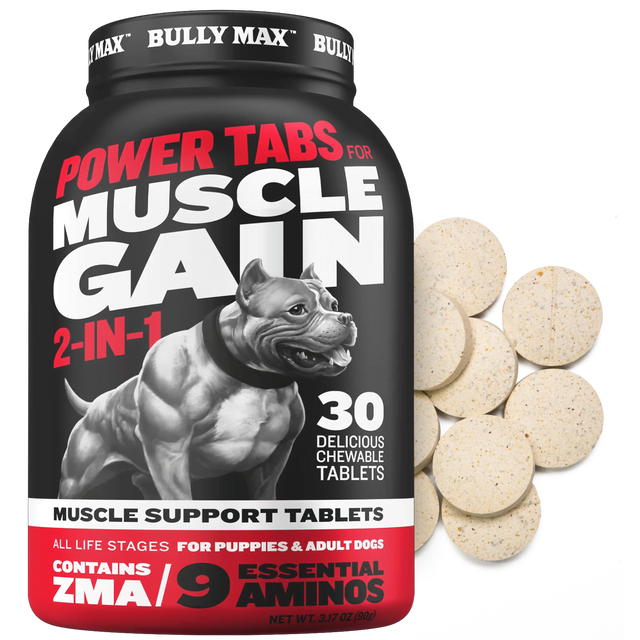Understanding Performance Nutrition
As the old saying goes, “we are what we eat,” and the same is true when it comes to our dogs. If you are the guardian of a canine athlete involved in any performance sport, you likely think a lot about your dog’s diet and how nutrition impacts their performance. Compared to pet dogs, canine athletes involved in high-energy and high-impact sports need to be fed dog food that reflects their unique nutritional needs.
Understanding AAFCO Guidelines for Nutrition:
The Association of American Feed Control Officials or the AAFCO is an organization that creates guidelines for pet food nutrition and labeling. The AAFCO does not regulate or approve pet food; rather, their regulations are utilized in the regulation of pet food and create the guidelines for what the nutritional content of food should be. The FDA requires that a dog food must meet AAFCO standards for specific life stages in order to earn the label "complete and balanced." The AAFCO is a voluntary membership organization comprised of federal and state officials, scientists, and veterans that takes on the important job of ensuring that pet food reflects the latest in nutritional research and sets a standard for quality of pet nutrition. First established in 1906, the AAFCO regularly updates nutritional requirements when developments in research around canine nutrition occur. The AAFCO breaks the nutritional needs of dogs into two categories: Growth and Reproduction, and Adult Maintenance, but what about performance dogs? When it comes to dogs engaged in high-intensity performance sports these dogs are going to have additional nutritional needs.
What Is Performance Nutrition
When we think about the feeding of performance dogs, it’s important to consider the kind of sports that your dog is involved in, and how seriously you train and compete. A study from Cornell College of Veterinary Medicine, a leader in canine nutrition, has specifically looked at the nutritional needs of working dogs and dogs involved in performance sports. Their study found that not all working dogs are the same, and so don't have the same nutritional needs across all sports. Cornell divides performance dogs into three categories: Endurance Dogs, which they consider to be racing sled dogs; Medium-activity dogs, which would include hunting dogs, herding dogs, as well as search and rescue dogs. The third category defined by Cornell are Sprinters, which would be dogs involved in performance sports like agility, flyball, and dock diving. This study found that depending on the type of performance work a dog is active in determines the fat and caloric density of food they should be eating. The researchers found that endurance dogs need a higher fat diet, with up to 35% of the diet should be fat, and for sprinters, a higher percentage of carbohydrates, with 12-17% fat is appropriate. Cornell also found that in their studies, senior dogs who are still athletes need high-quality protein. Because dogs often lose muscle as they age, the extra protein is important for senior athletes to support muscle retention.
Watch the Bully Max Sports episode to learn about endurance dogs.
Understanding BullyMax Nutrition:
Bully Max dog food is held to AAFCO compliance, clinical testing, and the highest standards of veterinary review. This nutrient-dense food is designed to provide canine athletes the nutrition they need to perform at their best. Bully Max food is backed by third-party veterinary reviews, and each formula is compared to AAFCO nutrient standards before receiving veterinary professional sign-off. This level of veterinary oversight isn't business as usual in the pet food industry, but it's the extra step that Bully Max takes to ensure performance dog owners that the food they are feeding is scientifically verified on top of being complete and balanced. Dogs are naturally carnivorous, and performance dogs in particular thrive on eating meat-based proteins. The high content of essential amino acids supports muscle development and energy levels, which are essential for performance dogs.
Bully Max dog food also contains TrueMune postbiotic, which is scientifically proven to enhance a dog's growth, muscle building, and performance. TruMune is shown to support immunity, digestion, skin, and coat health. A study from the University of Illinois found that TruMune, a yeast-based fermentation product, the study also found that dogs fed TruMune showed positive changes in oxidative stress markers, as well as stable or improved immune balance.

Bully Max food is specifically designed to meet the nutritional needs of performance dogs. This is high-protein and high-fat content food that gives performance dogs the energy they need and supports muscle growth. The calorie-dense food is made without fillers like soy, corn, and wheat. High-quality performance-based dog food like Bully Max is literally the fuel that allows our performance dogs to look, feel, and compete at their best every day.
Still unsure? See how Bully Max stacks up against your dog food here, or hear what real customers say in their testimonials.

